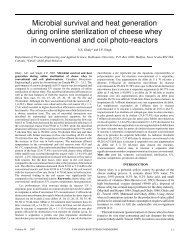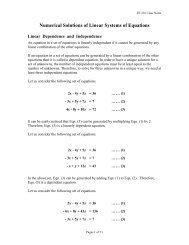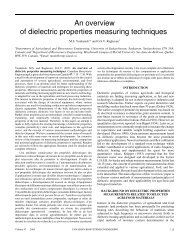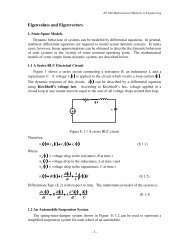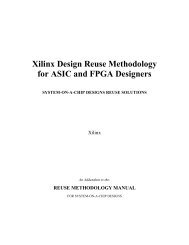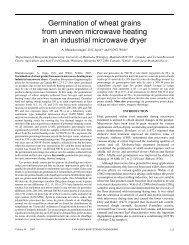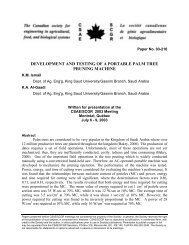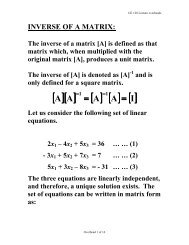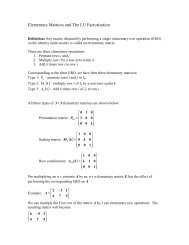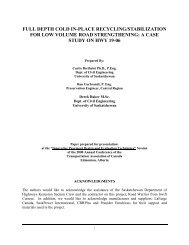Cold-In-Place Recycling using Asphalt Emulsion for Stabilization of ...
Cold-In-Place Recycling using Asphalt Emulsion for Stabilization of ...
Cold-In-Place Recycling using Asphalt Emulsion for Stabilization of ...
You also want an ePaper? Increase the reach of your titles
YUMPU automatically turns print PDFs into web optimized ePapers that Google loves.
156 USING ASPHALT EMULSION TO STABILIZE LOW VOLUME ROADS<br />
Figure 9 Clay Lumps Contained Within Recycled Highway 15-10 Test Sections<br />
Sand equivalency testing was also per<strong>for</strong>med to quantify the amount <strong>of</strong> fines in the material. The<br />
sand equivalency value is computed as the ratio <strong>of</strong> the sand to clay fractions as determined by settlement<br />
in a standing hydrometer and is expressed as a percentage. As seen in Figure 11, the CIR granular patch<br />
and SDHT Type 71 had sand equivalency values <strong>of</strong> 61 and 51, respectively. Both <strong>of</strong> these materials meet<br />
the specifications <strong>for</strong> a SuperPave Level 1 hot mix. However, the CIR AMOS material did not meet<br />
the minimum SuperPave TM criterion <strong>for</strong> sand equivalency <strong>of</strong> 36.<br />
Figure 10 shows the fine and sand sized particles <strong>of</strong> each material gradation. It can be seen that<br />
the percent fines (defined as percent passing the No. 200 or 0.071 mm sieve) in the Highway 15-10<br />
rotomixed material increases substantially once the clay lumps are broken down. The granular patch<br />
contained approximately ten percent passing the No. 200 sieve while the rest <strong>of</strong> the AMOS showed<br />
approximately 17 percent passing the No. 200 sieve. This indicates that the subgrade was probably milled<br />
into the reclaimed material during reclamation <strong>of</strong> the AMOS.



